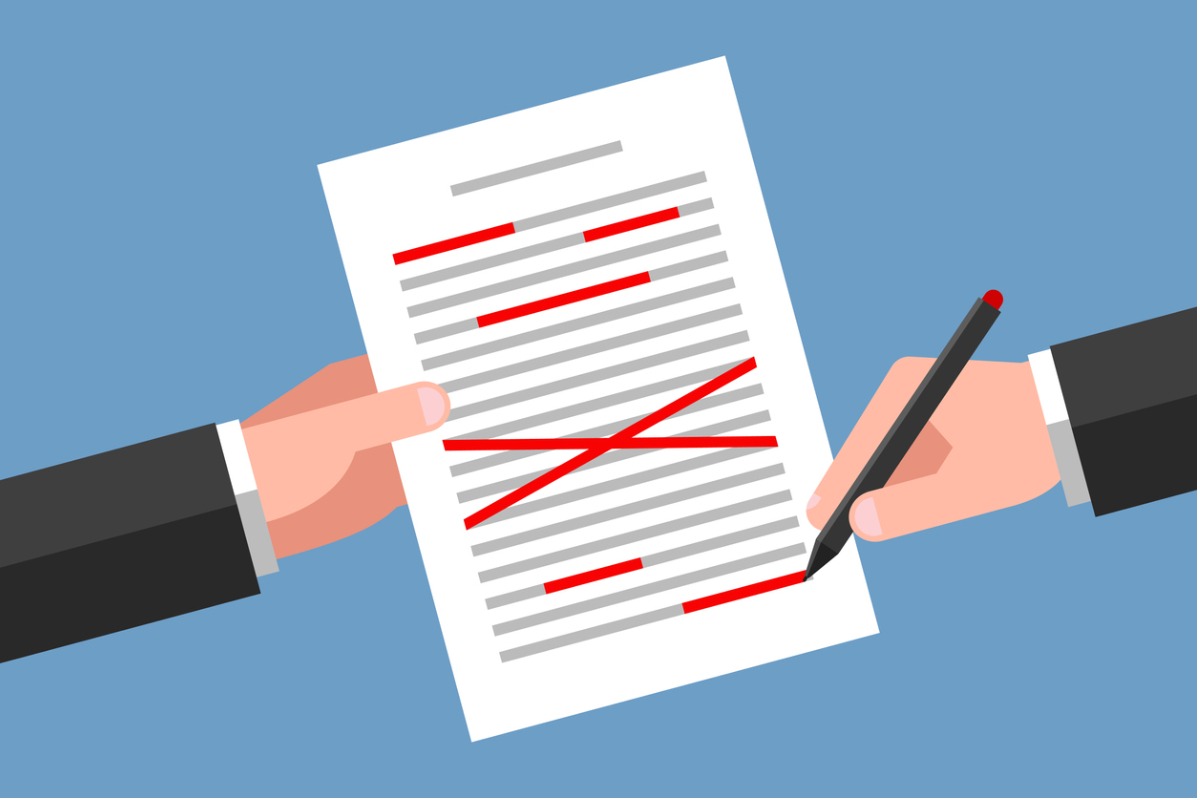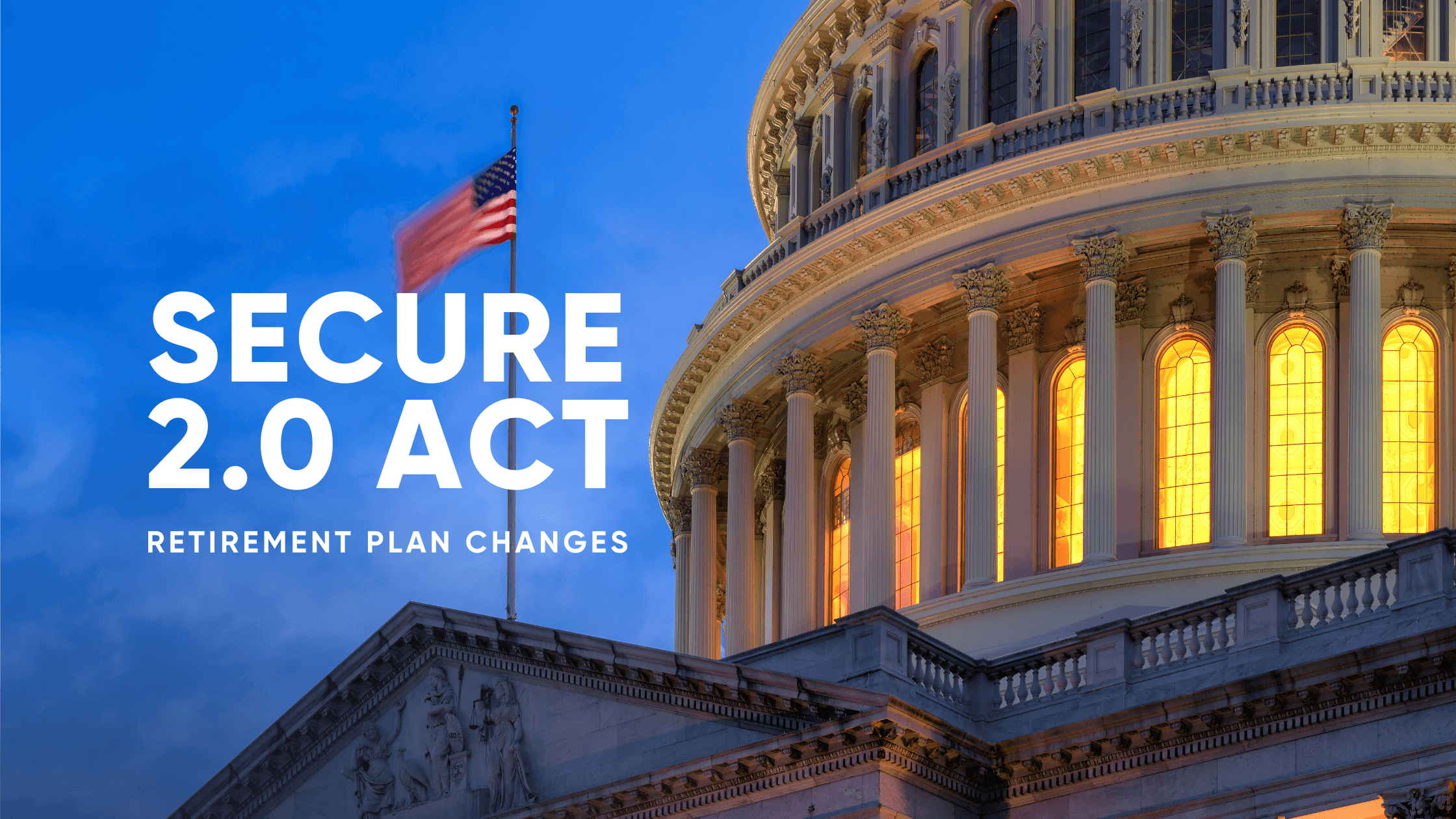
Tanner A. Weir, CPA
Senior Accountant
Employer-sponsored 401(k) and 403(b) retirement plans can be effective and powerful recruiting tools. However, being a Plan Sponsor comes with specific compliance requirements, creating a need for oversight. How much oversight is needed to safeguard your plan? What steps should organizations take to ensure compliance? In this article, we will explore best practices to aid in plan oversight.
Best Practice 1: Review Payroll
Processing payroll is a complex task that often requires several hours of work each pay period. Depending on the size and complexity of an organization, multiple people may be involved in preparing payroll each pay period. In addition, there are often several changes that occur each pay period, whether it be due to new hires, terminations, changes in deductions, etc. Because compensation is tied to plan contributions, mistakes in the former frequently lead to mistakes in the latter. To prevent errors in compensation, and therefore errors in contributions, payroll should be reviewed by someone other than the payroll preparer. For example, if the Payroll Coordinator prepares payroll, the Human Resources Director or Controller may be appropriate individuals to review the payroll before it is finalized.
It is also important that the employees overseeing the payroll process understand the Plan’s definition of compensation and what is and is not eligible compensation for withholdings. Understanding and setting the correct parameters in the payroll software will minimize errors of using the incorrect definition of compensation.
Best Practice 2: Review Distributions
Similar to payroll, distributions are complex transactions with several variables that naturally lend themselves to mistakes. Because of these complexities, distributions should be reviewed by someone other than the recordkeeper. A comprehensive review of each distribution should take place; however, some key areas that are prone to error include the distribution type and whether or not it is allowed for in the Plan Document, the tax withholding, and the forfeiture calculation. The SOC 1 report for the recordkeeper will set out complementary user controls that the Plan Sponsor should implement.
Best Practice 3: Read SOC 1 Reports
A SOC 1 report, or Systems and Organization Controls 1 report, is a type of report that speaks to an organization’s controls. Payroll processing and recordkeeping organizations typically issue these reports annually for users of their products. Contained in the report is a list of “Complementary User Entity Controls”. This list identifies the steps, or controls, the Plan Sponsor (retirement plan provider) should implement as a user of the product. The Complementary User Entity Controls of the payroll processor and recordkeeper should be reviewed annually to verify the recommended controls are implemented and working.
HBE Is Here To Help
Navigating the complexities of employee benefit plan oversight doesn’t have to be a daunting task. By embracing these best practices, your organization can maintain compliance but also enhance the integrity and effectiveness of your retirement plans. If you’re ready to tailor these recommendations to your organization’s specific needs, reach out to HBE’s trusted Employee Benefit Plan team.




